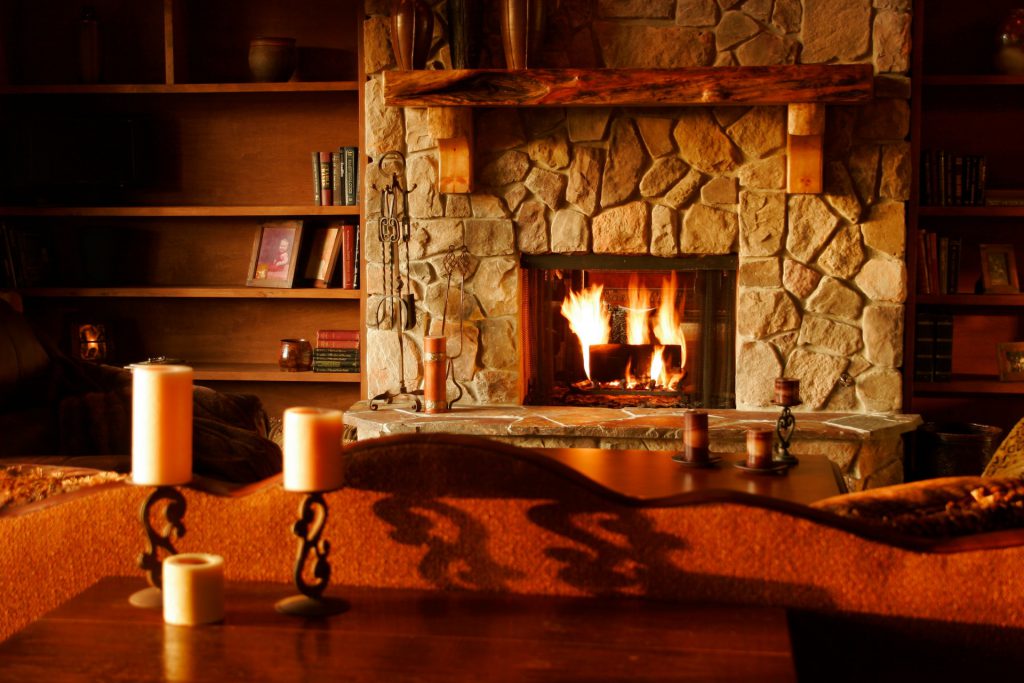As winter approaches, the allure of a warm, crackling fire becomes irresistible. For many, the idea of curling up by the fireplace with a good book or a cup of hot cocoa is the epitome of comfort. However, while fireplaces offer warmth and ambiance, they also come with risks. One of the most significant risks associated with fireplaces is chimney fires. Let’s delve into the causes of chimney fires and how you can prevent them.

Why do chimney fires occur?
Chimney fires are often the result of a poorly maintained fireplace or chimney. Official figures indicate that a third of house fires are attributed to chimney fires. A neglected chimney, especially one that hasn’t been cleaned after the previous winter, is a ticking time bomb. The accumulation of soot and creosote, a tar-like substance, can ignite and lead to a chimney fire.
The dangers of chimney fires
At the very least, a chimney fire can cause significant damage due to smoke and soot fallout. However, if the fire spreads to flammable materials within the home, it can lead to catastrophic damage, potentially destroying the entire house.
Prevention is better than cure
The good news is that chimney fires are preventable. Regular maintenance is the key. Here are some essential tips to ensure your fireplace is safe:
Regular chimney cleaning
It’s crucial to have your chimney cleaned at least once a year by a certified chimney sweep. They will remove the buildup of creosote, which is the primary cause of most chimney fires. Regular cleaning not only prevents fires but also ensures that your fireplace functions efficiently.
Monitor the smoke
An easy way to check if your chimney needs cleaning is to observe the smoke when your stove or fireplace is lit. If the smoke escaping from the chimney is white or colorless, it’s a good sign. However, if the smoke is gray or black, it’s time to call in a professional.
Choose the right wood
The type of wood you burn plays a significant role in the buildup of creosote. Wet or treated pine wood tends to produce more resin, which increases the risk of chimney fires. This resin is challenging to remove, even with thorough cleaning. It’s always best to burn dry, untreated wood for optimal combustion.
In case of a fire
Despite taking all precautions, if a fire does break out, it’s essential to act quickly. Call the emergency services immediately by dialing 112. Ensure that all occupants of the house are safe and evacuate if necessary.
Conclusion
A fireplace can be a delightful addition to any home, especially during the cold winter months. However, it’s essential to be aware of the risks associated with it. By understanding the causes of chimney fires and taking preventive measures, you can enjoy the warmth and comfort of your fireplace without any worries.
Remember, a little effort in maintaining your chimney can go a long way in ensuring the safety of your home and loved ones.

 Open Immovlan
Open Immovlan